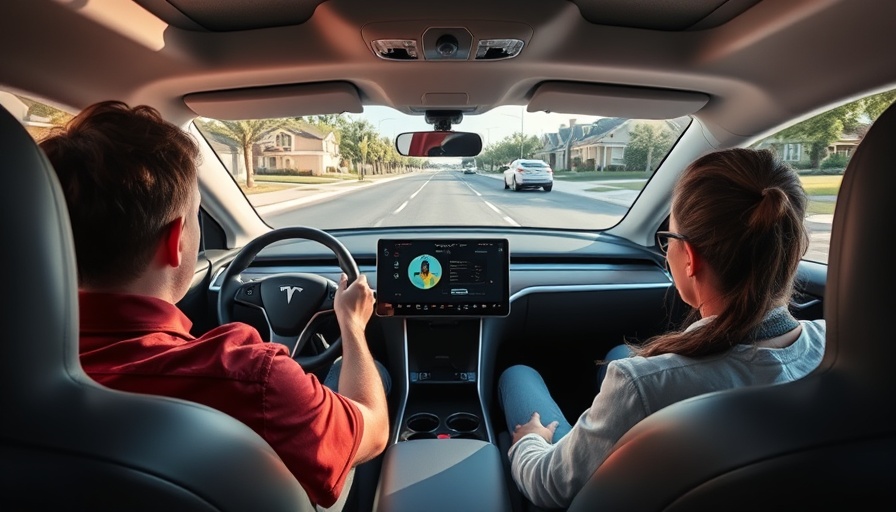
What Are Tesla's Robotaxi Rides And How Do They Work?
In a move that has stirred excitement and skepticism alike, Tesla has launched its robotaxi service in Austin. This innovative offering includes fully autonomous rides in modified Model Y SUVs, an experiment that aligns with CEO Elon Musk’s ten-year journey filled with promises of autonomy and innovation. Rides can be hailed through a specific Tesla app, with access initially granted to a select group of customers. Each ride is priced at a flat fee of $4.20, a number that is sure to attract attention given its unusual significance.
The Tesla Approach Vs. Competitors
Unlike other autonomous vehicle companies such as Waymo, which employs a combination of LIDAR and cameras, Tesla has opted for a strategy focused solely on enhanced camera technology and advanced AI. This divergence in methodology raises interesting questions about safety and reliability. Early reports on the service suggest a safety monitor will be present during the initial rides to mitigate potential risks, but how effective that will be remains to be seen.
The Initial Rollout and Challenges Ahead
Musk’s vision is set against a backdrop of criticism and high expectations. As the service launches cautiously with around ten vehicles in a small area of South Austin, it invites a slew of uncertainties regarding long-term effectiveness and scalability. Observers like Ed Niedermeyer have noted the operational logistics from preparing a depot to managing potential service disruptions due to unpredictable weather conditions.
The Bigger Picture: Impact on the Transportation Landscape
This pilot robotaxi initiative represents a crucial moment, not just for Tesla, but also for the future of urban transportation. If successful, it could set a precedent, potentially reshaping how metropolitan areas think about ride-sharing and the deployment of autonomous vehicles. However, the unanswered questions and Musk's historical patterns of over-promising leave many to wonder if Tesla can truly deliver.
Public Reception and Early User Experiences
While some early adopters are excited to share their experiences, reactions are mixed. Videos shared on social media show the initial rides, showcasing everything from smooth operations to unexpected stops, indicating areas for improvement. How the wider public embraces this service remains unknown, yet the vocal community of supporters on platforms like Musk's X is rapidly sharing their thoughts.
Future Prospects: Will Other Cities Follow Suit?
The success of Austin's robotaxi service could lay the groundwork for expansions to other cities, as Tesla and other companies explore avenues for autonomous ridesharing. If the concept captures public trust and safety becomes a proven factor, cities across the U.S. may soon witness similar transformations in their transportation models.
Conclusion: The Road Ahead for Tesla
As Tesla ventures into the world of robotaxis, it is set to be a crucial test not just for their technology but also for public perception of autonomous vehicles. With the potential to redefine urban mobility, the outcome of this initiative holds implications for the tech industry as a whole. Those intrigued by this technology and its future need to stay informed as developments unfold, sharing insights and experiences that could shape the robotaxi narrative.
 Add Row
Add Row  Add
Add 



Write A Comment